Machine Learning (for lawyers)
Machine learning and what it can do for you
Machine learning looks at the ability of systems to learn and adapt to data. Sometimes, huge amounts of data. The kind of volume that would take humans like you or me a time-machine (and a very free calendar) to process.
This is fortunate because lawyers only occasionally have time-machines and have never heard of free calendars.
As the legal sector has started to discover they don’t need to spend staff-hours doing uninteresting work (and that the companies and individuals they service are less willing to spend money on staff-hours for uninteresting work), there has been research looking into the candidate tasks that could be off-loaded from the over-loaded legal experts. Excitingly, there has also been a lot of work into trialling, creating, and deploying these systems.
Although far from comprehensive, the categories of tasks we’ve listed below are bound to come up in a conversation about machine learning in the legal sector.
Legal research
Preparing for a case is not quite as simple as getting your suit from the dry-cleaner and practising your witty takedowns in the bathroom mirror. It’s reading. Lots and lots of reading. That’s why there’s been a lot of enthusiasm about letting machines do that round up for us (previously noted: they are extremely able at processing data at volume). To let them take stock of the current case and search through repositories of data to find relevant rulings. This isn’t a silver bullet solution (just yet). UK court data is notoriously unstructured, which makes it notoriously challenging for ML algorithms to parse through it.
Review, repapering, and due diligence
Diligence is not an exciting word. If you think about it for too long, you start feeling tired. You start picturing an exhausted paralegal. Perhaps twenty-four, freshly graduated, hunched over an Ikea desk so small the papers they’re reading can’t even fit on the tabletop. They’re spilling onto the floor. The ear-marked curl of an important client document is sparing it from the coffee spill that has been sluicing its way across the desk. Unnoticed, because the twenty-four-year-old can’t look away from what they’re reading. If they look away, they won’t be able to bring themselves to look back. But even as they look, their minds are elsewhere. They’re thinking “maybe it’s not too late to retrain”.
Machines are less prone to existential crises and, if they know what they’re looking for, they’re not likely to miss it. Unfortunately, we haven’t managed to entirely unshackle the paralegal (or the lawyer) from the task of document review. It’s quite difficult for us to communicate precisely what the machines should be looking for. Like with legal research, this task is another victim of lack of structure (in this case, a lack of common structure) and the penchant of legal professionals for spicing up contract language. It can also be difficult to get a hold of enough similar contracts to train these types of algorithms properly. That’s not to say ML has not been successfully employed in review tasks. When LIBOR (the Lonon-Bank Offered Rate) was announced to be discontinued, law firms flexed their machine learning capabilities to expediate the review of the many thousands of contracts that were potentially affected and identify the ones that needed repapering.
Portfolio and contract management
Portfolio management is another connect-the-dots exercise that involves holding a lot of information in your head at one time. When a change is made to one contract in a portfolio, care must be taken to ensure that the ripple-effects aren’t going to upset contracts (or put you in legal trouble) elsewhere. It’s known that contract management, for some firms, can be a bit ad-hoc. A fact that must be faced when the audit team comes knocking. Training a Machine Learning model to understand your portfolio and assist in negotiations could go some way to help smooth out errors (and perhaps produce a handy audit trail).
Predicting Outcomes
Predicting outcomes is a practice as old as time itself. From the very first time a homo habilis had to stare down a lion and ask themselves “if I take that carcass, will that Lion take me?”. Legal outcome prediction hasn’t changed much. We’re still asking ourselves whether we can really win that fight. And up until recently, we’ve been using the human brain to answer those questions. Pattern spotting is something we do well, sure, but it’s something machines do better. Although Machine Learning algorithms deserve more credit than simple statistics crunchers, they really can crunch those statistics well. There’s a lot that goes into a case: factors that are easily overlooked. Machine Learning algorithms can be pretty good at picking out those factors (even the ones that seem counter intuitive). The only issue (we will talk about solving later when we move on to explainable AI), is that knowing the predicted outcome of a case is not the same as knowing why it’s the predicted outcome of a case. And only one of those really helps you with strategy.
Judges and their behaviour
This is fairly like predicting outcomes, but there is a more focused implication here for accountability. Pattern matching in behaviours of a judge, not just the facts of a case, has potential to go some way towards rooting out biases and unethical practices.
Conclusion
Of course, this doesn't cover everything. In the wide and varied landscape of law, there are many avenues of application for Machine Learning. Opportunities to improve the way things have been done in the past and to fundamentally alter the way things are done in the future.

